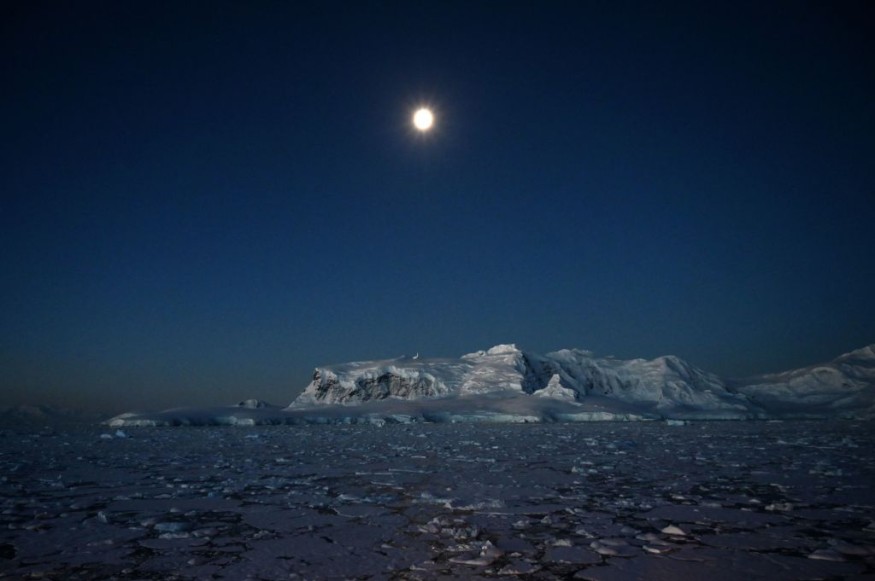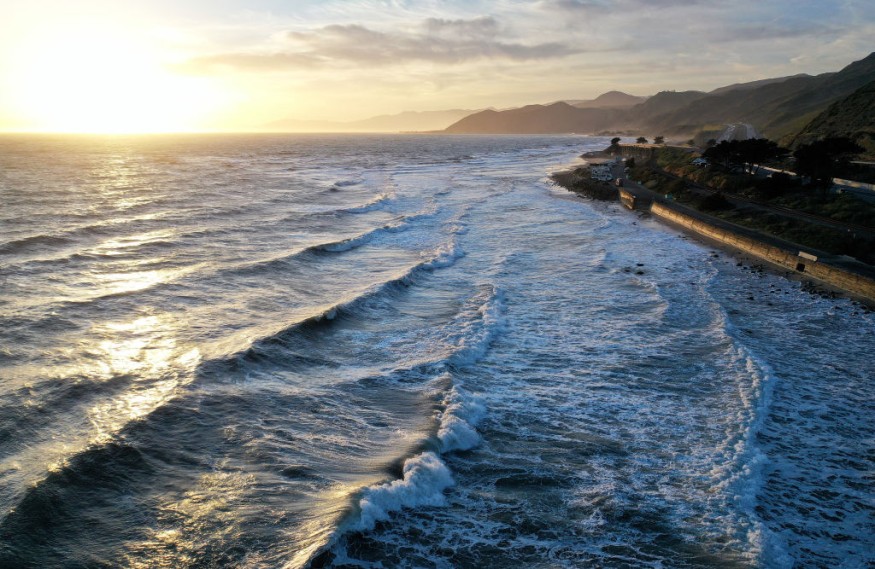The study may have answered the mystery of the feeble young sun, which glowed 20% brighter in Archean eras. Even though the Sun burned 20% brighter on early Earth, fossil evidence suggests that our planet had warm, shallow oceans where stromatolites - microbial mats - flourished.
New research may have solved the "faint young Sun problem," demonstrating that saltier waters might have prevented Earth from freezing over 3 billion years ago.

We all know that the composition of the atmosphere (especially the concentration of greenhouse gases) is essential in regulating the Earth's temperature, but what about the composition of the oceans? To study the influence of salinity, researchers employed an ocean-atmosphere general circulation model.
They show that saltier seas result in warmer temperatures, partially because salt lowers the freezing point of saltwater and limits sea-ice development, but primarily because salty water has a higher density, which modifies ocean circulation patterns and promotes heat transit to the poles.
According to their Archean scenario, current salinity levels result in a heavily glaciated globe with just a tiny strip of open water near the equator. However, increasing salinity to 40% more than today indicated warmer Archean earth with typical surface temperatures of more than 20 degrees Celsius with ice only arriving seasonally at the poles. Geophysical Research Letters published their findings.
Why is the Ocean Salty?

The ocean gets its salt from two places: excess from the land and openings in the bottom.
Land rocks are the primary source of salts dissolved in saltwater. Because rainwater on land is slightly acidic, it erodes rocks. This causes ions to be released into streams and rivers, which eventually flow into the ocean. Many of the dissolved ions are taken from the water by creatures in the ocean. Others are not eliminated, causing their concentrations to rise over time.
Hydrothermal fluids, which arise from seabed vents, are another source of salts in the ocean. Ocean water seeps through seabed fissures and is heated by magma from the Earth's core. The heat initiates a chain of chemical reactions. Water tends to lose oxygen, magnesium, and sulfates while absorbing metals like iron, zinc, and copper from the surrounding rocks.
The heated water is expelled through seabed vents, bringing the metals. Some ocean salts are formed due to undersea volcanic eruptions that directly discharge minerals into the ocean.
What if the Ocean Froze?
The composition of the atmosphere, particularly the concentration of greenhouse gases, is well known to impact the Earth's climate system. We show, using a climate model, that the ocean's composition may significantly influence surface temperature and ice cover. We concentrate on the quantity of salt dissolved in seawater and discover that saltier oceans result in warmer climes.
These effects are minor today, but salt may have been an important component of early Earth habitability when the Sun was less bright.
The ice blanket covering the oceans would block off the majority of the light in the surface water. This would destroy marine algae, with the consequences reverberating up the food chain until the seas were nearly sterile. Only deep-sea species living near hydrothermal vents would be able to survive.
Because ice reflects more sunlight than water, the global climate would decrease dramatically, causing the land to freeze. Plants would die due to a lack of water, resulting in reduced CO2 absorption; thus, CO2 from volcanoes would slowly build up in the atmosphere and warm the earth again - although thawing the ice might take millions of years.
Related Article : Climate Change Affects Ocean Composition, Making it Harder for Marine Creatures to Communicate
For more Environmental News, don't forget to follow Nature World News!
© 2025 NatureWorldNews.com All rights reserved. Do not reproduce without permission.





